Is urban residential land in Vietnam subject to non-agricultural land use tax?
Is urban residential land in Vietnam subject to non-agricultural land use tax?
Based on Article 2 of the 2010 Non-Agricultural Land Use Tax Law:
Tax Subjects
1. Residential land in rural areas, urban residential land.
2. Non-agricultural production and business land, including: land for industrial zone construction; land used for production and business premises; land for mineral extraction and processing; land for building material production and ceramic production.
3. Non-agricultural land specified in Article 3 of this Law used for business purposes.
Urban residential land is subject to non-agricultural land use tax, and taxpayers must pay the non-agricultural land use tax.

Is urban residential land in Vietnam subject to non-agricultural land use tax? (Image from the Internet)
Who are subject to the non-agricultural land use tax for urban residential land in Vietnam?
Based on Article 4 of the 2010 Non-Agricultural Land Use Tax Law:
Taxpayers
1. Taxpayers are organizations, households, and individuals with land use rights subject to tax as stipulated in Article 2 of this Law.
2. In cases where organizations, households, or individuals have not been granted the Certificate of land use rights, house ownership, and other assets attached to the land (hereinafter referred to as the Certificate), the current land user is the taxpayer.
3. Taxpayers in specific cases are regulated as follows:
a) In case the State leases land for project investment, the lessee of the homestead land is the taxpayer;
b) In case the land user leases land under a contract, the taxpayer is determined according to the agreement in the contract. If the contract does not specify the taxpayer, the land user is the taxpayer;
c) In case the land has already been granted a Certificate but is under dispute, until the dispute is resolved, the current land user is the taxpayer. Tax payment is not a basis for resolving the land use rights dispute;
d) In case multiple persons have the right to use a single parcel, the legal representative of the co-users is the taxpayer;
dd) In case the land user contributes land use rights as capital to form a new legal entity, the new legal entity with land use rights subject to tax as stipulated in Article 2 of this Law is the taxpayer.
Organizations, households, and individuals with land use rights are taxpayers for the non-agricultural land use tax for urban residential land.
In cases where organizations, households, or individuals have not been granted the Certificate of land use rights, house ownership, and other assets attached to the land (hereinafter referred to as the Certificate), the current user of urban homestead land is the taxpayer.
How to determine the non-agricultural land use tax value in Vietnam?
Based on Article 6 of the 2010 Non-Agricultural Land Use Tax Law, the tax value for non-agricultural land use is determined as follows:
- The tax value for land is determined by multiplying the taxable land area by the price of 1 square meter of land.
- The taxable land area is defined as follows:
+ The taxable land area is the actual area of land used.
In cases with multiple residential parcels, the taxable land area is the total area of the taxable parcels.
For land allocated or leased by the State for industrial zone construction, the taxable land area does not include the area for shared infrastructure construction.
+ For multi-storey housing with multiple households or apartments, including those used for both residential and business purposes, the taxable land area is determined by the allocation coefficient multiplied by the house area used by each organization, household, and individual.
The allocation coefficient is determined by the area of land used to build multi-storey housing, and apartments divided by the total house area used by organizations, households, and individuals.
If multi-storey housing or apartments have a basement, 50% of the basement area used by organizations, households, and individuals in the basement is added to the house area used by these entities to calculate the allocation coefficient.
+ For underground construction, the allocation coefficient is 0.5 times the construction land area divided by the total area of the construction used by organizations, households, and individuals.
- The price of 1 square meter of land is based on the land price list corresponding to the usage purpose and remains stable for a 5-year cycle.
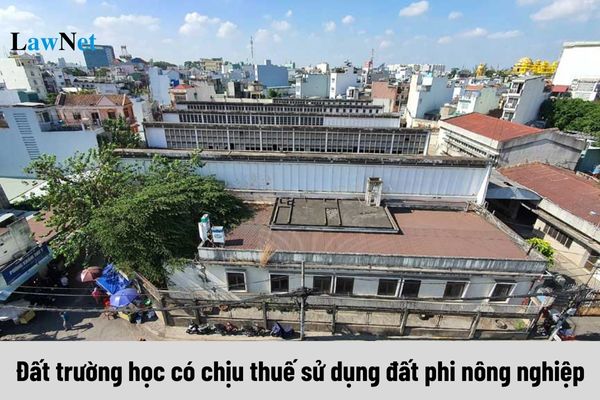

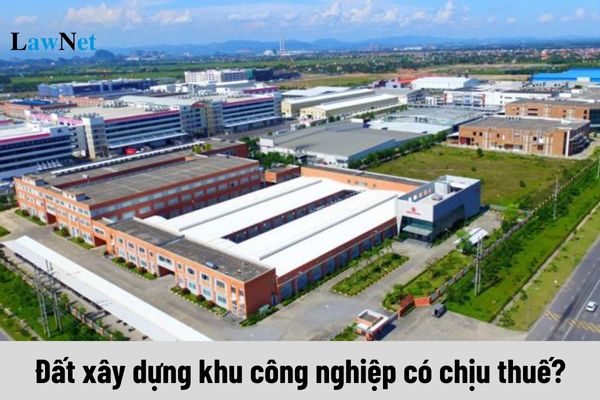
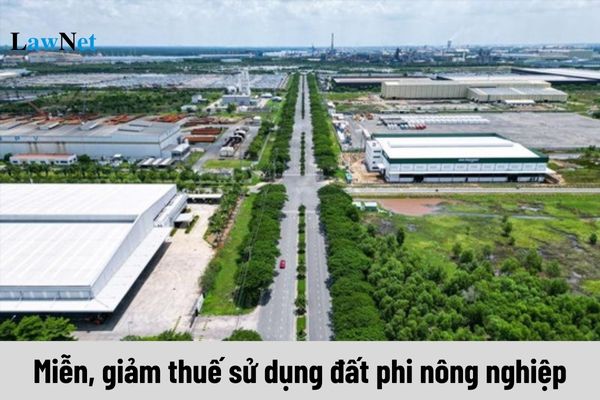


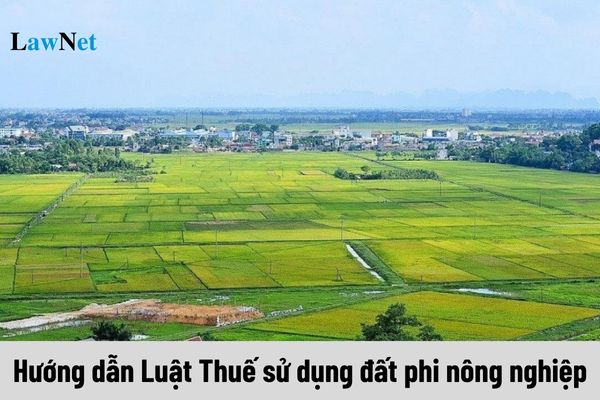
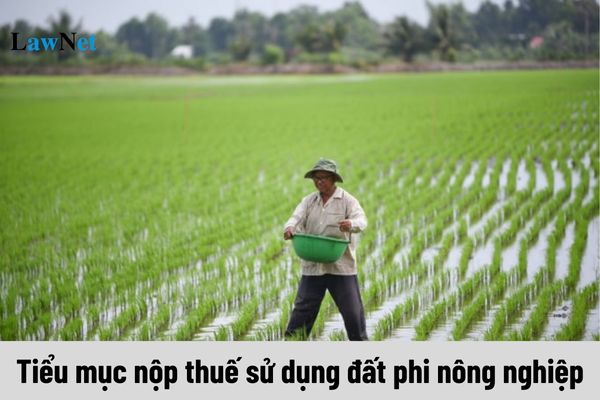
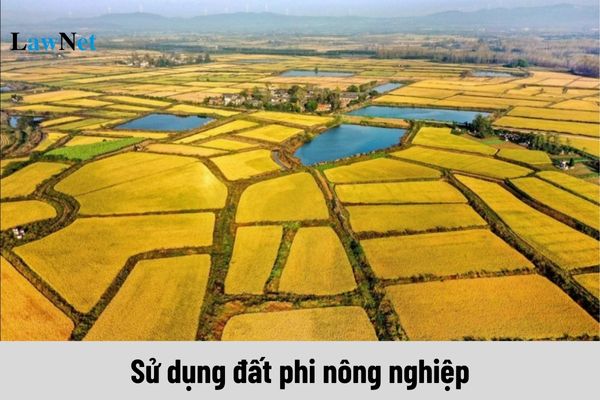

- Are hazardous allowances subject to personal income tax in Vietnam?
- Shall the TIN be deactivated due to bankrupcy in Vietnam?
- What are guideline for paying the registration fees through VCB bank app? When is the time of payment for registration fees in Vietnam?
- Vietnam: Is tax liability imposed when failing to present accounting books?
- What is the Notice form for e-tax transaction account in Vietnam (Form 03/TB-TDT)?
- Where to download the latest form 04/HGDL for delivery notes for goods sent to sales agents in Vietnam?
- What is the guidance on first-time taxpayer registration for foreign subcontractors who directly declare and pay contractor tax in Vietnam?
- What are cases where a 10% PIT is withheld in Vietnam?
- How to submit the dependant registration application for persons with income from wages and salaries in Vietnam?
- What are guidelines for first-time taxpayer registration for dependants declared directly at the tax authority in Vietnam?

